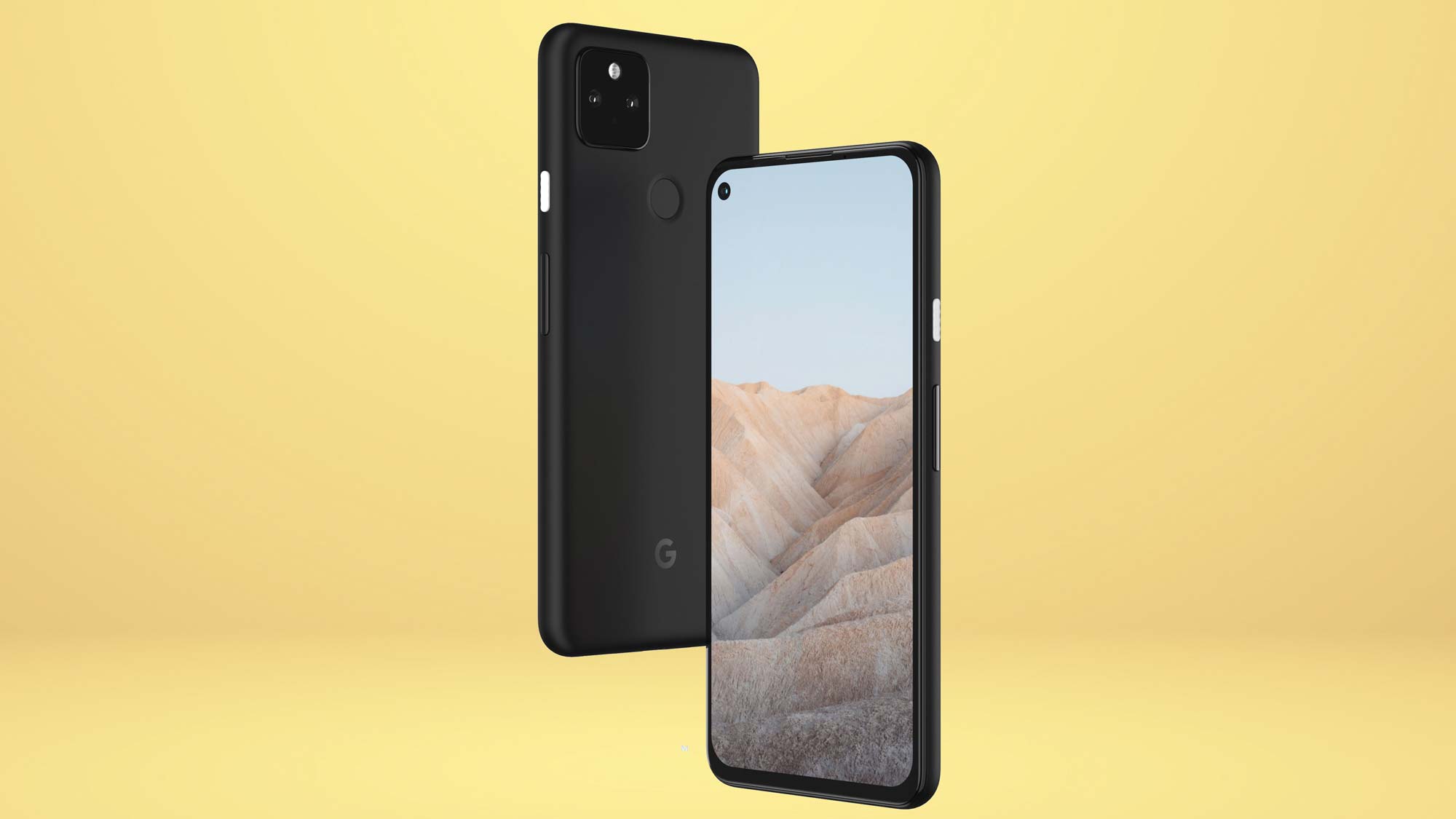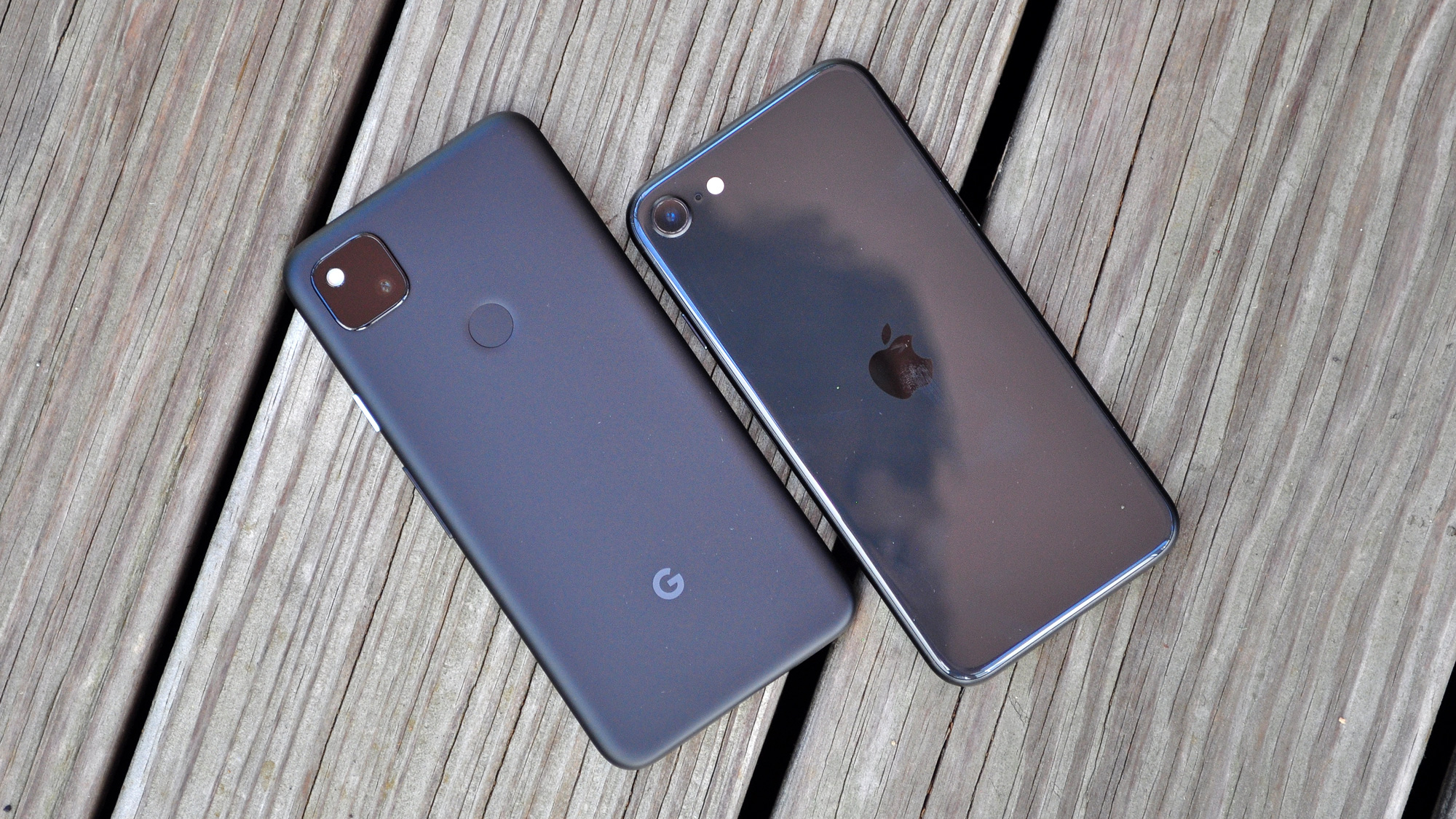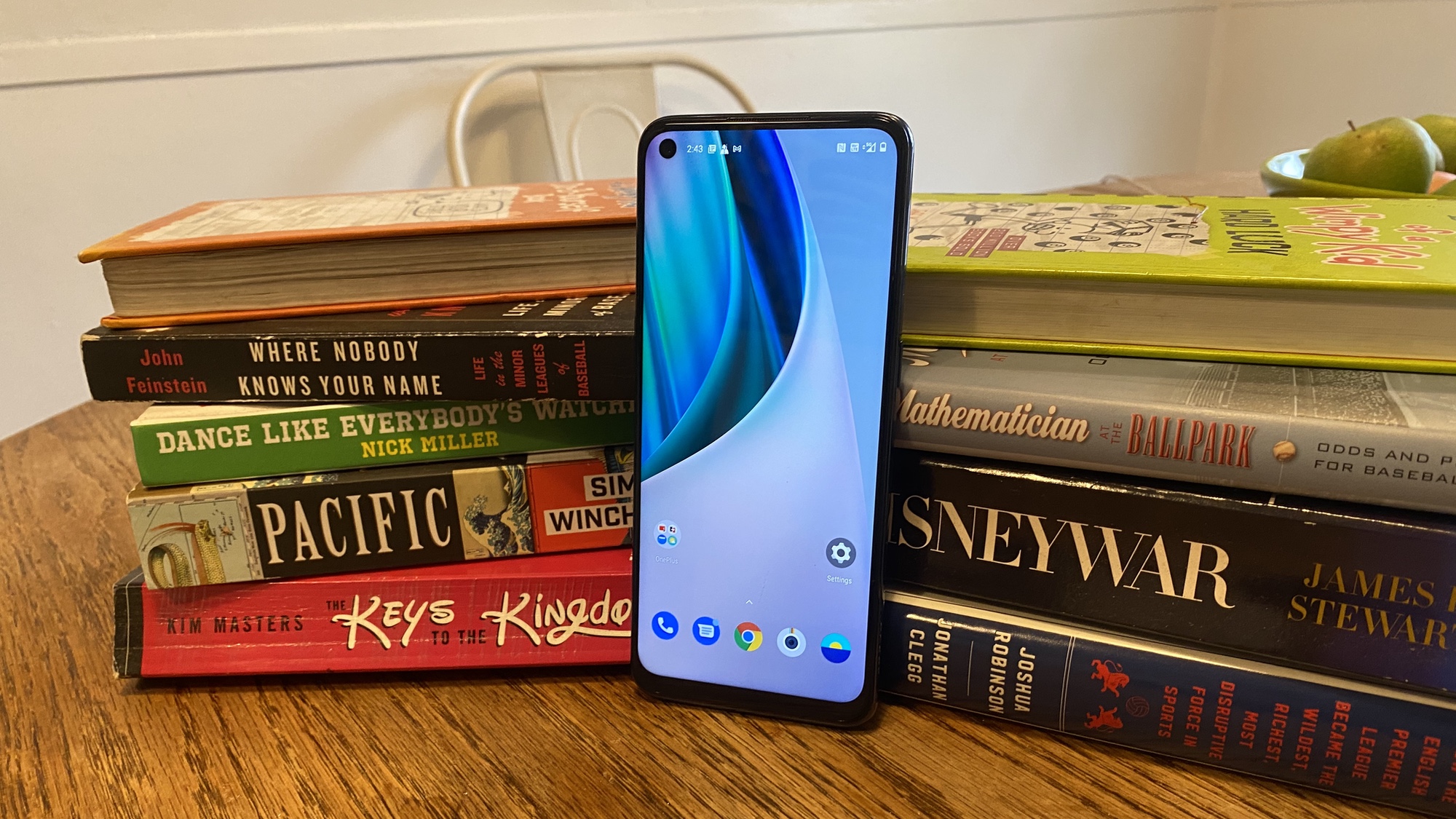Google Pixel 5a — it all comes down to one key feature
How the Pixel 5a fares will be largely determined by how much it costs

The Google Pixel 5a is on the way, potentially due for an appearance at the upcoming Google I/O developers conference that starts Tuesday (May 18). And when the new Google phone appears, whether it's in the coming week or later this summer, one feature is going to get all the focus — how much is the Pixel 5a going to cost?
Oh, there will be other factors discussed. People will be interested to hear what Pixel 5 features the Pixel 5a adopts and which ones get left on the cutting room floor. We'll pay attention to the cameras, as we always do when Google unveils a phone, and other features like battery life and the display refresh rate will command their share of attention.
- Best Android phones
- All the changes to expect in the Google Pixel 5a vs. Pixel 4a
- But: Forget Pixel 5a: Samsung Galaxy A22 could be cheap 5G phone to beat
But at the end of the day, price is what sets Google's budget Pixel apart, and observers will want to see how the Pixel 5a continues that tradition — especially if it adopts any higher-end capabilities.
"It really comes down to value, reflecting the notion that price sensitivity among certain market segments is very high," said Ramon Llamas, IDC's research director for devices and displays.
Midrange Google Pixels: Always about the price
Price has been at the heart of Google's midrange Pixel devices, since the Pixel 3a's debut two years ago. That phone launched at $399, with an XL version available for $80 more. Contrast that with the Pixel 3 and Pixel 3 XL — Google's flagship devices at the time — which had respective price tags of $799 and $899. In other words, you could save anywhere from $400 to $420 by opting for one of the Pixel 3a models, getting a camera that was about as good as the flagship version in return.
It's safe to say shoppers responded to that value proposition. After Google launched the Pixel 3a, CEO Sundar Pichai reported that smartphone unit sales doubled year-over-year. A more affordable option from Google was a big reason why.

With last year's Pixel 4a, Google made sure the price stood out even further. That phone debuted at $349, cheaper than its predecessor to be sure, but also less expensive than the revived iPhone SE that had launched a few months earlier. Thanks to the Pixel 4a's top-performing camera and good-enough specs, Google quickly staked out a position as the first place to turn to when looking for one of the best cheap phones under $400.
Sign up to get the BEST of Tom's Guide direct to your inbox.
Get instant access to breaking news, the hottest reviews, great deals and helpful tips.
Midrange phone competition heats up
The trouble for Google is that other phone makers have noticed that the midrange phone market offers an opportunity to capture sales from shoppers who are wary of spending big on flagship devices, particularly in the current economic climate.
"The pandemic has caused vendors to re-evaluate the increasing price trend — especially among flagships — for smartphones," said Tuong Nguyen, senior principal analyst with Gartner. Throw in the fact that the overall smartphone market is maturing, Nguyen added, and it's a recipe for people holding onto handsets longer and seeking out devices that deliver value at a more attractive price.

Since the arrival of the Pixel 4a, we've seen phone makers like OnePlus and Samsung step up their efforts to capture the midrange phone market. OnePlus followed up the release of its OnePlus Nord in other parts of the world with the OnePlus Nord N10 5G, which delivered 5G functionality for less than $300. (Pixel fans who wanted 5G needed to turn to the $499 Pixel 4a 5G, which came out a little bit after the Pixel 4a.)
The mid-range/budget category already gets the attention from multiple vendors, and Google will find itself in good company [with the Pixel 5a].
— Ramon Llamas, IDC
Likewise, Samsung stepped up its midrange efforts as well, first with the Galaxy S20 FE, which delivered a lot of the same features as the rest of the S20 lineup but for a lower price. Earlier this year, Samsung introduced three new Galaxy A models — the Galaxy A52 5G, Galaxy A42 5G and Galaxy A32 5G. All three phones deliver 5G capabilities and multiple cameras and none costs more than $500.
"The mid-range/budget category already gets the attention from multiple vendors, and Google will find itself in good company," Llamas said. "Price is going to be a leading factor, but certainly not the only factor. This is where Google can leverage that the experience on the 5a is a pure Android experience and Android as Google intended. And that plays into the features and functionalities of the device."
How Google responds with the Pixel 5a
Still, Google could be under pressure to match some of the features introduced by rival phones when it rolls out the Pixel 5a. Take 5G connectivity, which we're seeing in more phones, including affordable models. The Pixel 5a is likely to add 5G connectivity rather than come out with a separate 5G-enabled version a la the Pixel 4a 5G. But including 5G modems can drive up a phone's cost.
Pixel 5a rumors hint at a possible workaround for Google, which is reportedly considering using the Snapdragon 765G as the silicon for this new phone. That's the same chipset powering the Pixel 5, and since it's a year older and more advanced Qualcomm silicon has come out since then, the idea is that it wouldn't be that expensive to include in the Pixel 5a.

Camera lenses could have another impact on the Pixel 5a's price. Leaked Pixel 5a renders show two lenses on the back of the handset, similar to the main lens and ultrawide angle shooter on the Pixel 5 and Pixel 4a 5G. Consumers will likely welcome the addition of another camera to Google's budget phone, but that, too, can have an impact on cost.
It may be hard for Google to hold the line on the Pixel 4a's $349 price, depending on what kind of features it tries to pack into the Pixel 5a. But ultimately, analysts say, the reception for the new phone will hinge heavily on the perceived value that the Pixel 5a brings to the table.
"Yes, price is important, but keep an eye on the value that the buyer receives," Llamas said. "Can the smartphone perform the functionalities that the user wants? And is the price palatable? These help with the smartphone’s appeal."
Philip Michaels is a Managing Editor at Tom's Guide. He's been covering personal technology since 1999 and was in the building when Steve Jobs showed off the iPhone for the first time. He's been evaluating smartphones since that first iPhone debuted in 2007, and he's been following phone carriers and smartphone plans since 2015. He has strong opinions about Apple, the Oakland Athletics, old movies and proper butchery techniques. Follow him at @PhilipMichaels.

